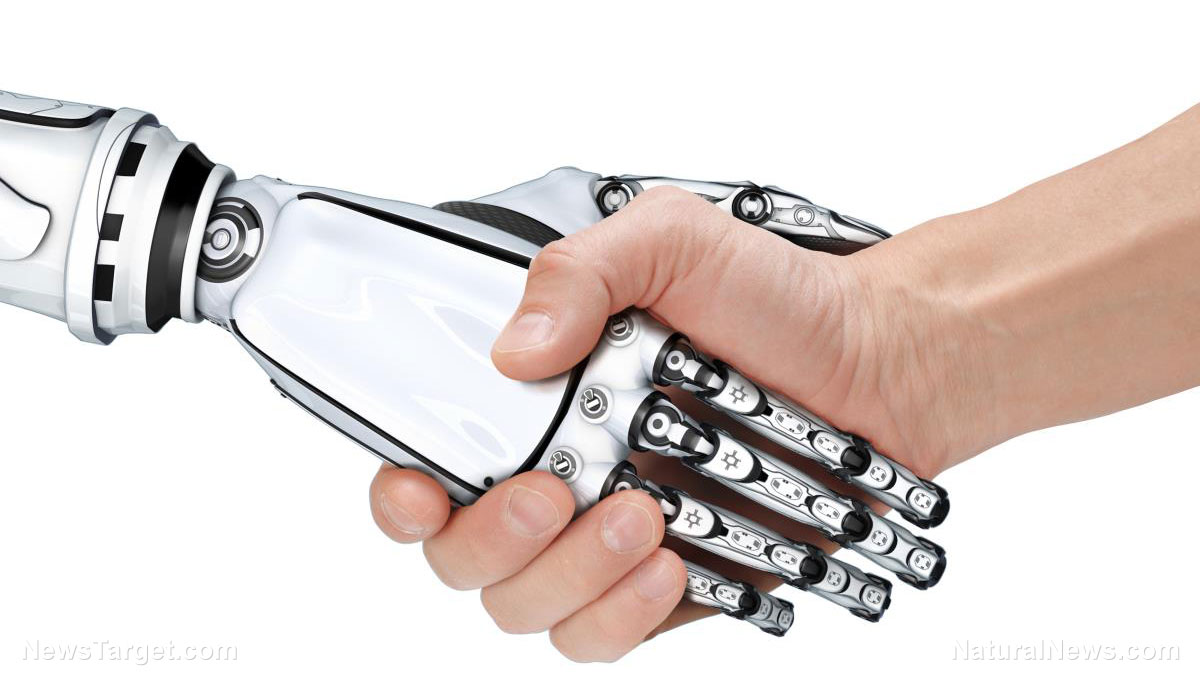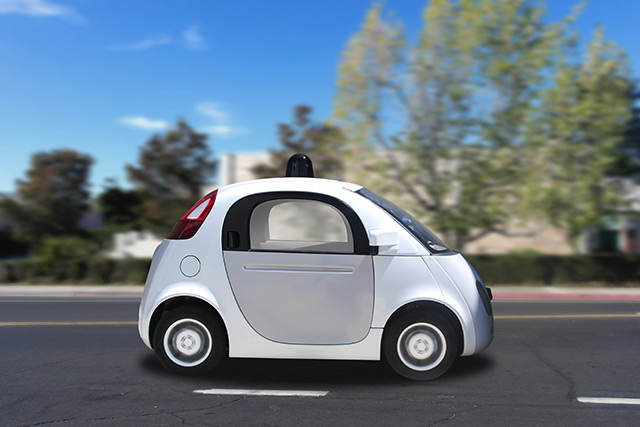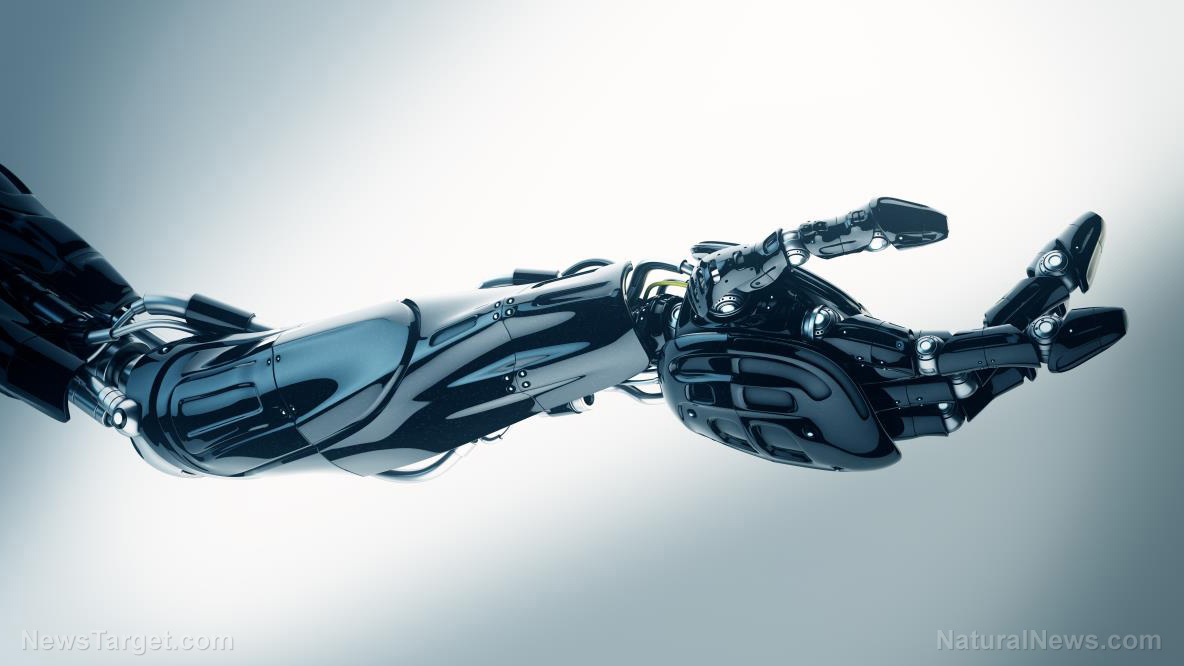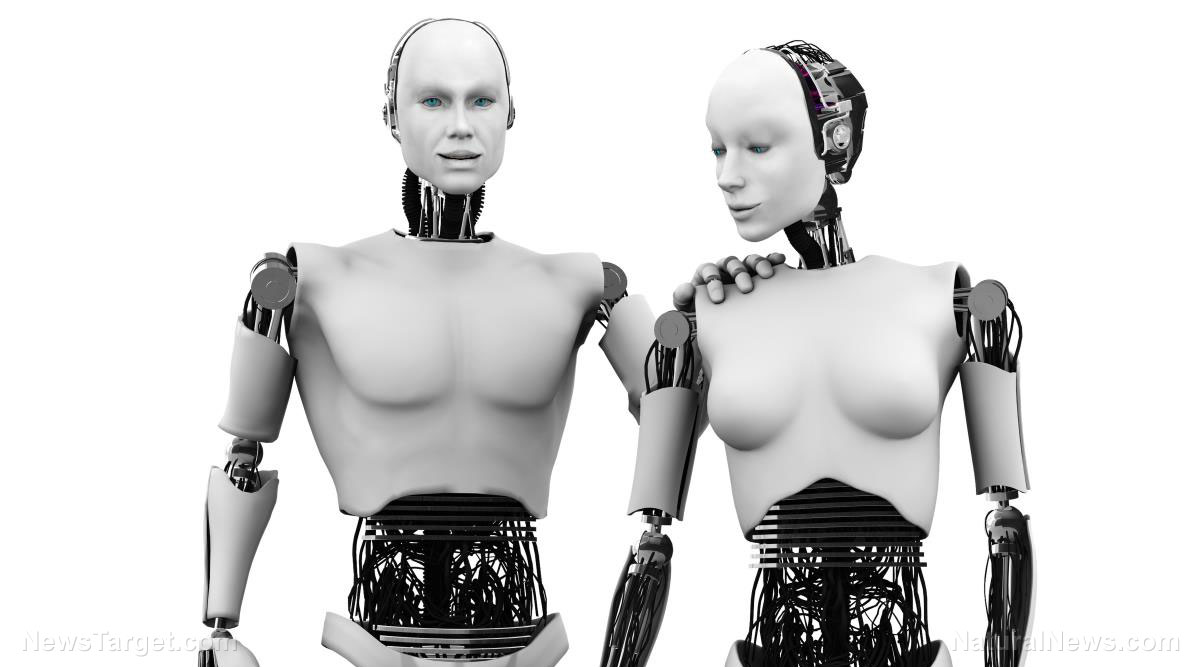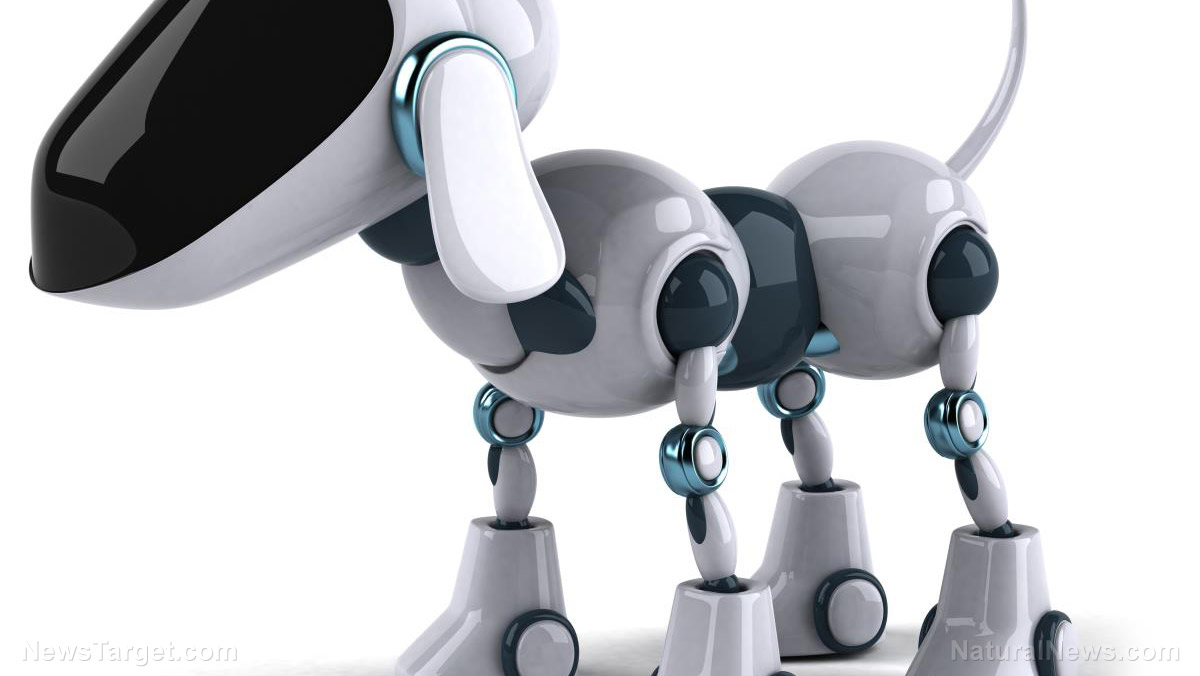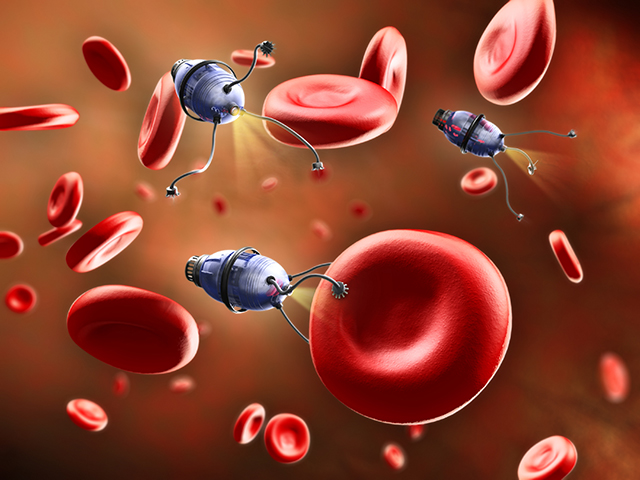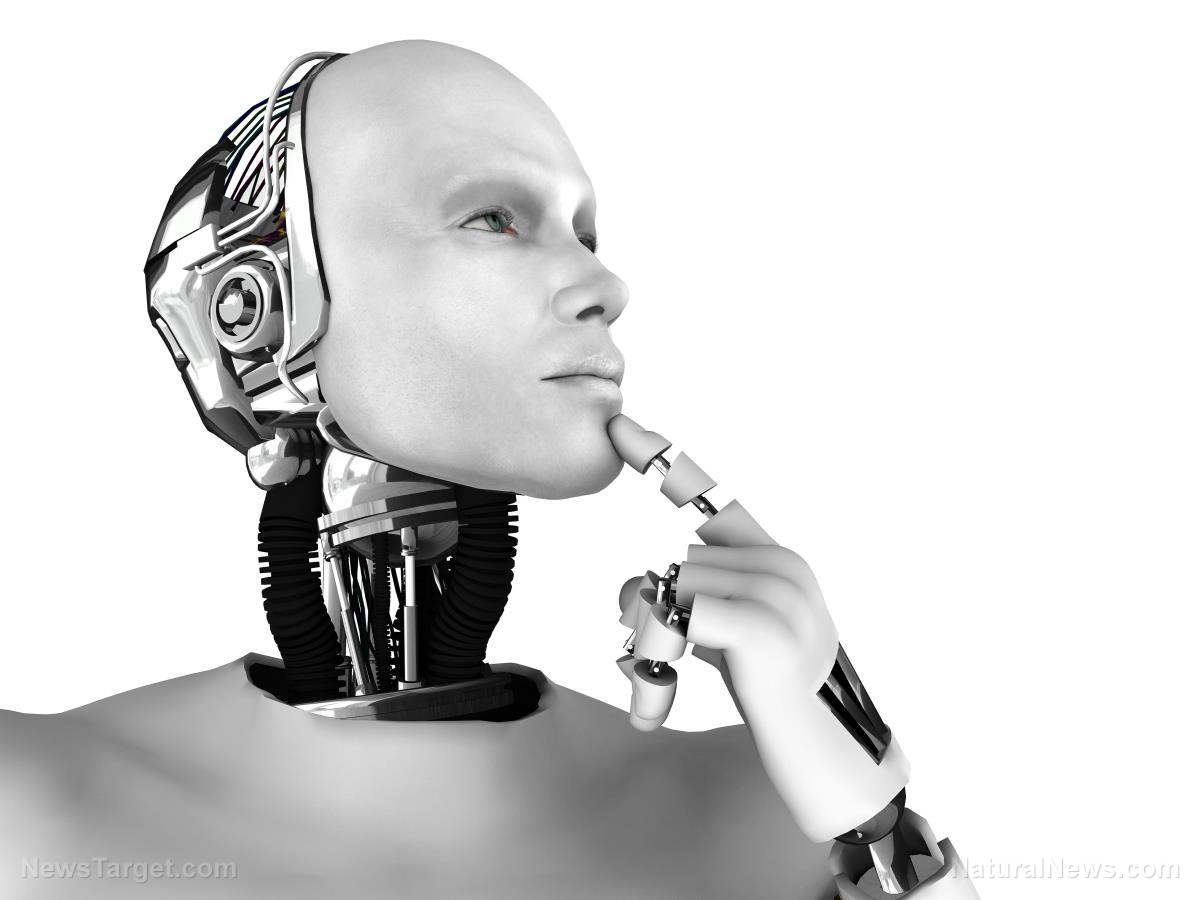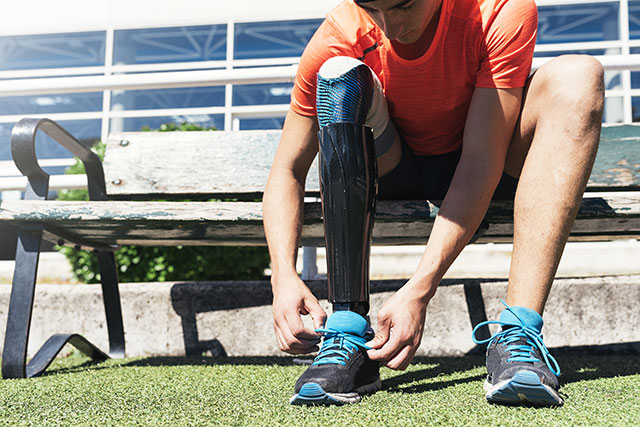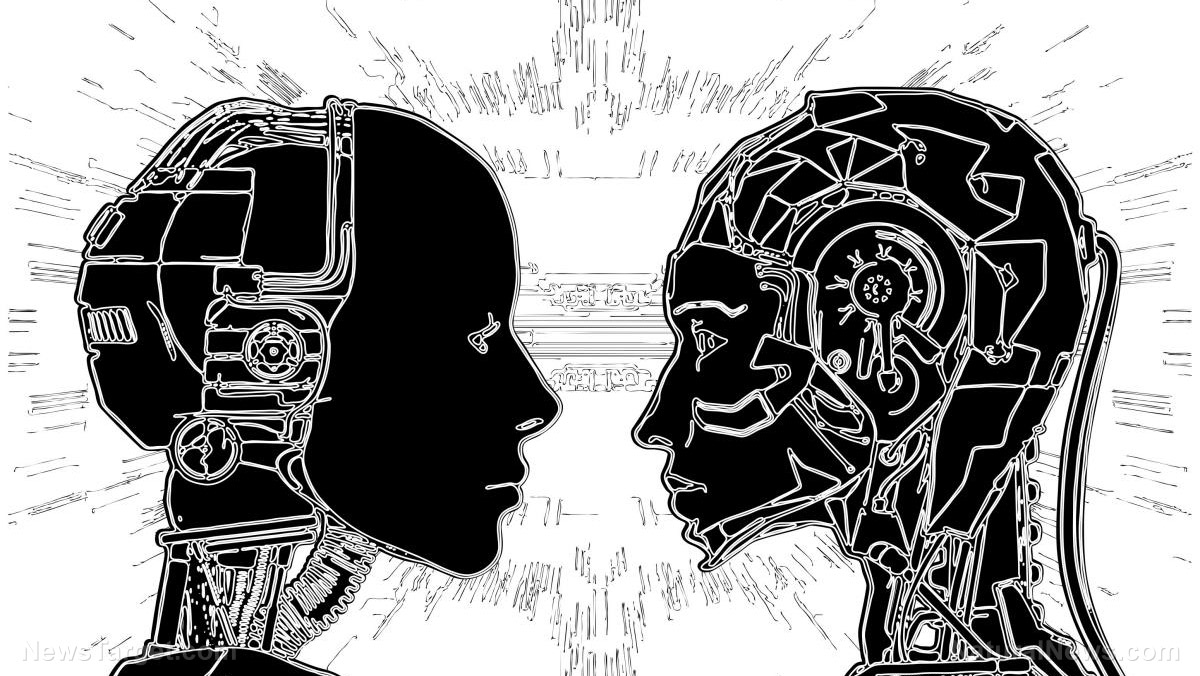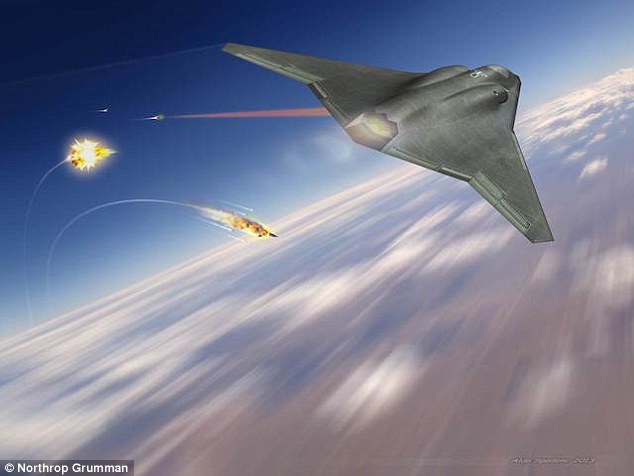No more human fast-food workers by mid-2020s? Burger-flipping robot replace employees
07/05/2017 / By JD Heyes

The collapse of low-skilled labor in America continues unabated, thanks in large part to the advancement of robotics, and with it, a wave of coming unrest like nations have not seen in a long, long time.
As reported by CNBC, the fast-food industry, in particular, is poised for dramatic changes, with the introduction of electronic kiosks and robotic food preparation that one expert has projected will obliterate human workers in the industry by the mid-2020s.
The financial news site noted:
Grilling burgers may be fun on the Fourth of July, but less so if hot grease is your daily grind.
Enter Miso Robotics. The southern California start-up has built a robotic “kitchen assistant” called Flippy to do the hot, greasy and repetitive work of a fry cook. Flippy employs machine learning and computer vision to identify patties on a grill, track them as they cook, flip and then place them on a bun when they’re done.
Flippy is just one of the latest developments in the push to fully automate preparation in the fast food industry. Miso joins Zume Pizza, Makr Shakr, Frobot, Cafe X and Sally, all of which are developing robotics to assist franchise owners in the production of lattes, frozen yogurt, pizza, salads — and burgers.
In a recent interview with CNBC, Greg Creed, CEO of Yum Brands, said he believes that robots are going to replace most, if not all, fast food workers by the mid-2020s.
Oddly, the network doesn’t see that as a big deal, reporting that most fast food workers are not in love with their jobs, as evidenced by the high turnover rate (73 percent in 2016, says the Bureau of Labor Statistics). Fry cooks — the actual human burger-flippers — move on the quickest, according to government data.
That said, these jobs were never meant to become careers, at least not at the entry level. Over the years they became first-time employment for millions of young Americans, teaching them the responsibilities of holding down a real job as part of ‘life training’ for when they got older and began their careers.
But for some Americans, these jobs also served as full-time or additional part-time employment; what are they going to do when these jobs disappear, which seems evident with the rapid development and deployment of robotics?
Flippy, by Miso, is being designed to do just that: Replace all human food preparation at the grill.
For now, said CEO David Zito, it is being developed to work alongside humans.
“We take into account all of our customers’ needs for everything from food safety to maximum uptime,” he told CNBC. “Today our software allows robots to work at a grill, doing some of the nasty and dangerous work that people don’t want to do all day. But these systems can be adapted so that robots can work, say, standing in front of a fryer or chopping onions. These are all areas of high turnover, especially for quick service restaurants.”
Granted, the high industry turn over is one of the reasons why automation appeals to franchise owners. It’s expensive and inconvenient to have to continually hire replacement employees, even though that is the nature of the industry.
However, the push for robotics to replace humans is also aimed at cutting losses and expenses due to additional human proclivities: Calling in sick, taking vacation days, theft, habitual tardiness, creating a hostile work environment for others, skirting regulatory compliance requirements, and so forth. (RELATED: It’s true: Whole Foods to fire humans and replace them with robots under new owner Jeff Bezos)
So what are the 2.3 million cooks and fast food workers supposed to do?
“Like the electronic spreadsheet did for accountants, this will cause the jobs to go elsewhere,” Rob Stewart, president of Acacia, which is assisting Miso in its start-up, said. “But there will be new hospitality and culinary jobs we have yet to imagine. And those will be jobs where people will get paid a higher wage, and where they’ll want to stay long-term.”
Frankly, we don’t know that. In fact, the push is to add more robotics to virtually every current form of labor. And if anything, developers will find new ways to use robots in the future, not humans.
There is a massive wave of robotics-caused human unemployment coming, and all of the social chaos that will bring. It will be difficult, if not impossible, for governments to manage.
J.D. Heyes is a senior writer for NaturalNews.com and NewsTarget.com, as well as editor of The National Sentinel.
Sources:
Tagged Under: automation, fast food, minimum wage, restaurants, robots, unemployment
